One of the huge benefits of learning NLP is that you can adopt any kind of skill and behaviour that you admire in others and have it for yourself. Skills that we possess in life contain strategies that are hidden deep down in our system and when we are good at something we can repeat the strategies time and again. This enables us to replicate our skill assuming that certain conditions are met.
NLP Modelling – Golf
I am currently doing a modelling project in combination with some coaching with some professional golfers. The aim for myself in doing this is to become a good golfer and also to design a training course to help others become better at the game. The coaching that I am doing at the same time is of course to help the golfers reach their potential.
The strategies that a golfer employs prior to taking shots are particularly relevant in golf as it is unlike many other ball sports in that the ball is stationary and the battle is mainly within oneself rather than with an opponent.
I discovered that professional golfers tend to be very systematic in their approach. They follow the same pre shot routine time and again. This is what helps them produce outstanding shots consistently. They know what works and they are able to repeat it – they have successful strategies that run and complete prior to swinging the golf club and also during the swing.
Interestingly if you ask a professional golfer what routine they go through before a shot they will probably tell you about standing behind the ball and “seeing the shot”, they will tell you about getting “comfortable over the ball”, things like that. These are parts of their overall strategy and they make up their pre shot routine.
In order to replicate the skills properly and most effectively you need to get into much more detail than this and discovering this requires a certain amount of digging around and questioning from the coach. Like all experts, professional golfers have repeated the skills so many times that their actions and thoughts are largely unconscious, they take place automatically and involuntarily. As they are unconscious the golfers are unaware of what they are and what they consist of and they need to be coaxed (coached) out.
NLP Strategies in Golf
Strategies that we run successfully in life assist us in carrying out skills and behaviours so that we get what we want. When we have problems in life or we aren’t very good at something (or not as good as we would like to be) then we probably have strategies that we are unaware of that are not serving us very well. Examination of the strategies that we are running enable us to change them, model strategies of others and adopt better practices.
In NLP terms, when we run a strategy we go through a series of Internal Representations in our head. We visualise things, we look at things, we hear things, talk to ourselves, we touch and feel things, we have criteria that need to be met etc. It is these series of internal representations that make up the strategy.
I discovered that professional golfers have a very specific series of internal representations that they go through prior to each shot and upon completion of their strategy (or strategies) they are able to “feel certain” about the shot that they about to take. This feeling of certainty enables them to achieve their outcome more or less every time.
This stands apart from the pre shot “routine” for amateur golfers including myself who tend to do different things every time and take a shot even when we don’t feel comfortable. This normally leads to a less than satisfying outcome.
TOTE model in Golf
NLP teaches us that successful strategies run according to a TOTE model. TEST, OPERATE, TEST, EXIT.
In golfing terms this is:
Professional:
TEST – Arrive at the ball and start to contemplate the shot ahead.
OPERATE – Go through our pre shot routine.
TEST – A professional golfer sees the shot, stands over the ball, taking their stance.
EXIT – They feel certain about what they are about to do and take the shot.
Amateur:
TEST – We arrive at our ball and start to contemplate the shot ahead.
OPERATE – We see a number of obstacles in our way and notice how difficult the shot is.
TEST – Are we ready to hit the ball? Well, not really, it all feels a bit uncomfortable.
At this stage an amateur EXITS by taking the shot anyway.
The professionals go in loops, of TEST, OPERATE, TEST until they get the feeling of certainty, which is when they EXIT and take the shot. If you watch them you can see some of them going through the loops, approaching the ball and then backing off again repeatedly.
Amateurs may stand there all day stuck in a loop if they didn’t just take the shot because it hardly ever feels comfortable, so they don’t wait, they go ahead and hit the ball. When an amateur does feel comfortable prior to hitting the ball then often they do produce a great shot.
The TOTE model comes from the world of computers. It is a sequence of conditions that the a computer goes through in order to carry out a process. It recognises when it is time to run the sequence (TEST) and then OPERATEs, running the sequence. It then TESTs to see if all the conditions have been met and if they have then it EXITs and performs an operation, moving on to the next TOTE.
The unconscious part of the mind is equated in some ways to the computer, carrying out the strategies and operating all of its own accord, running the TOTE. Our strategies EXIT once the mind recognises the signal and we carry out the behaviour. If the strategy has run effectively then we get good results, if not then we get poor results.
By discovering the inner parts to the strategies that the pro golfers use I am able to assist them in changing and adapting their strategies to get better results. I am able to adopt their strategies as my own and condition or programme my inner system to carry them out automatically. I can also teach others how to adopt these strategies to help them with their own games.

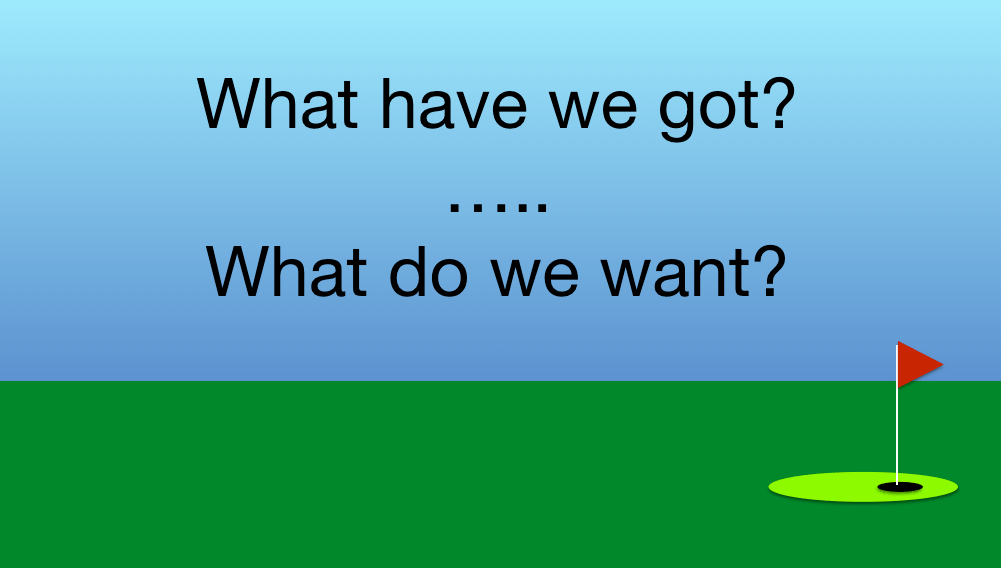
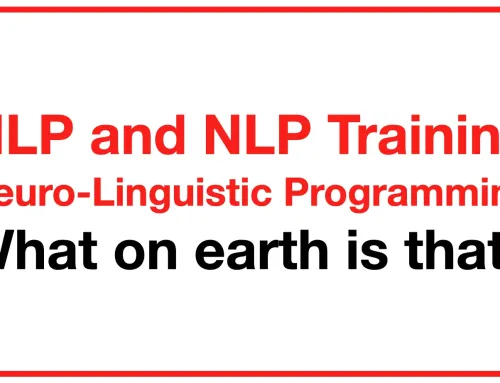
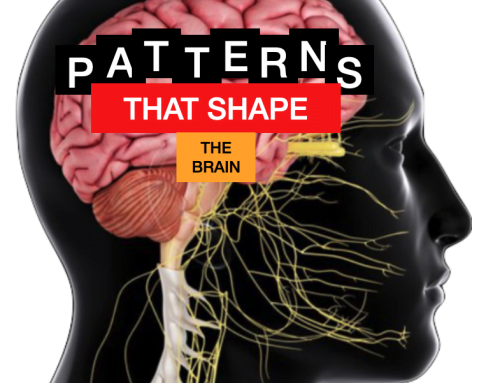
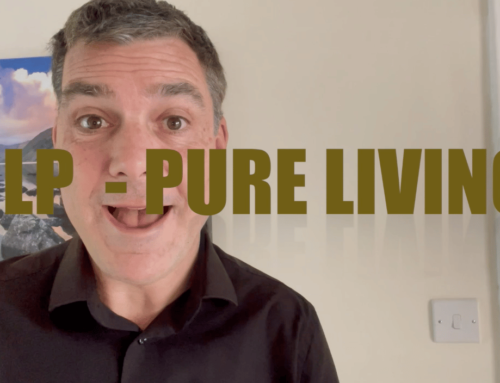
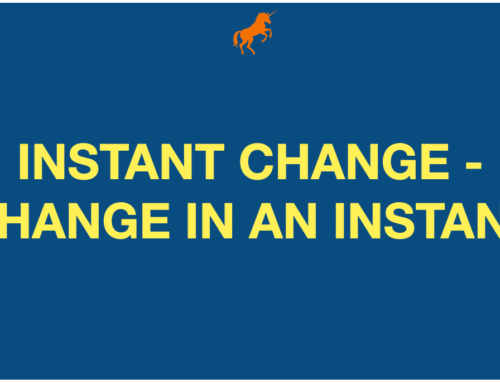
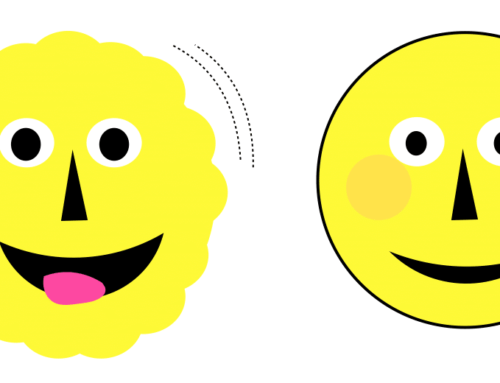
Leave A Comment